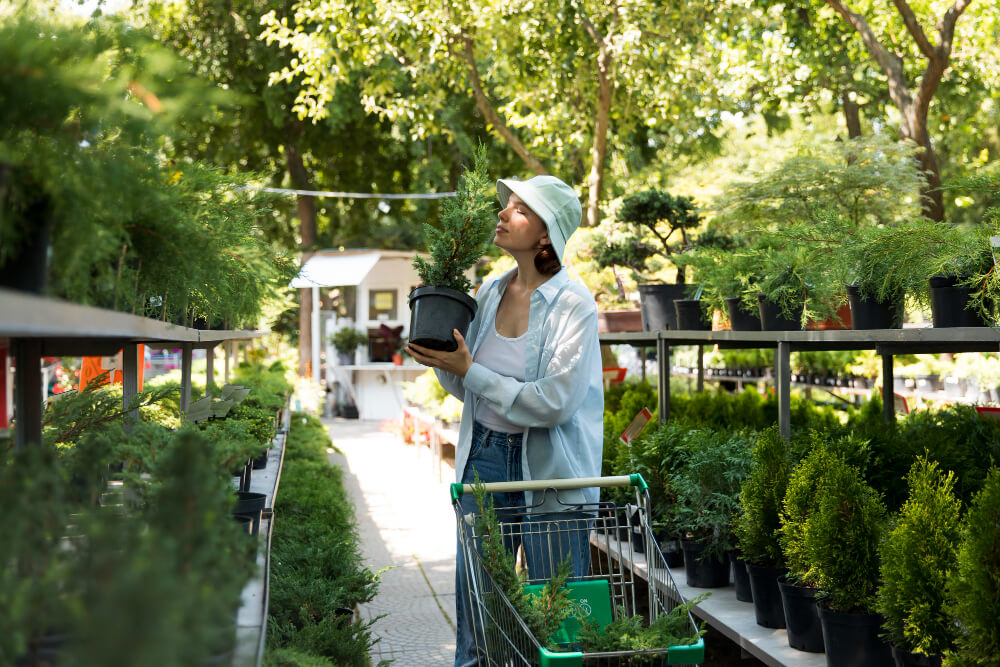Source: https://img.freepik.com/free-photo/young-woman-working-her-sustainable-greenhouse_23-2149072118.jpg?t=st=1743835304~exp=1743838904~hmac=b0a35b3bf71e31ad55dd4d30be2ba78fba66fdc2283d0b89583147f4d1e077f8&w=1380
National Gardening Day arrives each year as a vibrant invitation, a dedicated moment to truly celebrate the profound joys and multifaceted benefits of cultivating our own green spaces. It’s far more than simply an occasion to admire blooming flowers or harvest ripe tomatoes; it’s a powerful reminder of our inherent connection to the natural world.
On this special day, we are encouraged to actively engage with the earth, to feel the soil between our fingers, and to nurture the delicate dance of life that unfolds within our gardens. It’s a chance to slow down, to observe the intricate details of burgeoning buds and unfurling leaves, and to find a sense of peace and accomplishment in the simple act of tending to living things.
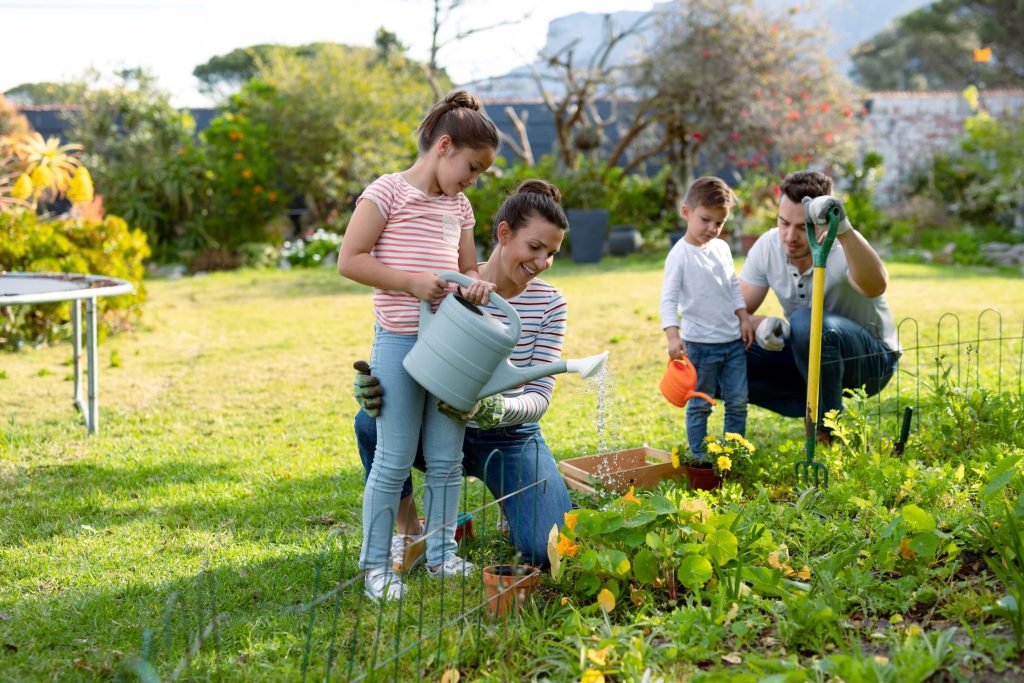
National Gardening Day is an opportunity to learn new techniques, experiment with different plant varieties, and deepen your understanding of the natural cycles that govern our world. And, of course, it’s a time to savor the tangible rewards of your efforts, from the incomparable taste of homegrown food to the visual delight and fragrant perfume of your entire yard because of the flowers.
However, as we look towards 2025, it becomes increasingly clear that gardening has transcended the realm of a mere pastime. It has evolved into a significant and dynamic movement, fueled by a confluence of global concerns and personal aspirations.
Across continents and cultures, a collective consciousness is emerging, recognizing the vital role that our gardens play in addressing some of the most pressing challenges of our time. This burgeoning movement is deeply rooted in a growing desire for greater sustainability, a profound yearning to reconnect with the natural world in an increasingly urbanized and digitalized society, and a fundamental pursuit of healthier lifestyles, both physically and mentally.
The global garden trends we are witnessing are indicative of a fundamental shift in our relationship with the environment and our understanding of the profound impact that even the smallest patch of green can have.
From urban balconies bursting with edible greens to sprawling rural landscapes dedicated to biodiversity, the act of gardening is becoming a powerful expression of our commitment to a more resilient, vibrant, and fulfilling future.
Let’s delve into some of the top trends shaping gardens worldwide:
Embracing Native Plants
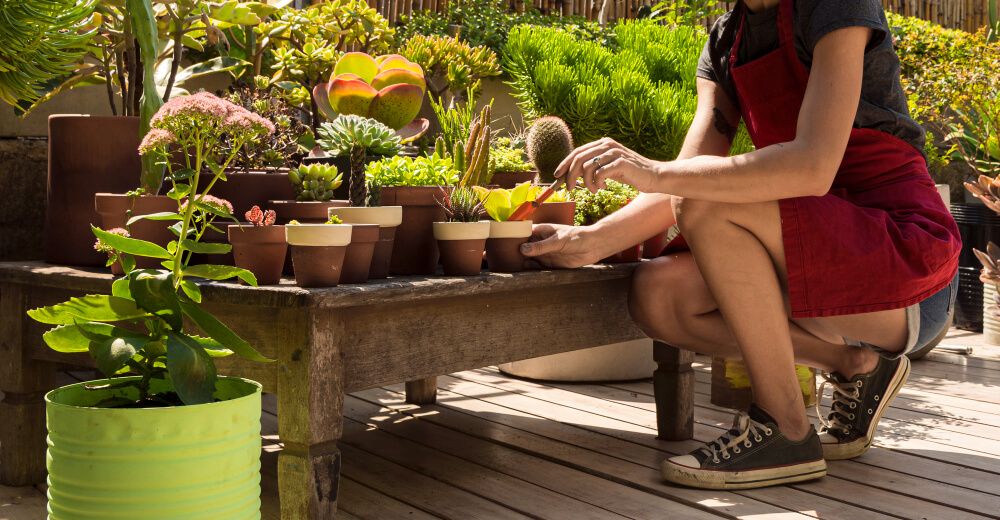
Source: Freepik
One of the most significant global garden trends is the increasing popularity of native plants. These locally adapted species thrive in their natural environment, requiring less water and maintenance while providing crucial support for local ecosystems.
By incorporating native plants into your garden, you can attract pollinators, conserve water, and create a beautiful, low-maintenance space.
The “Own Garden” Movement
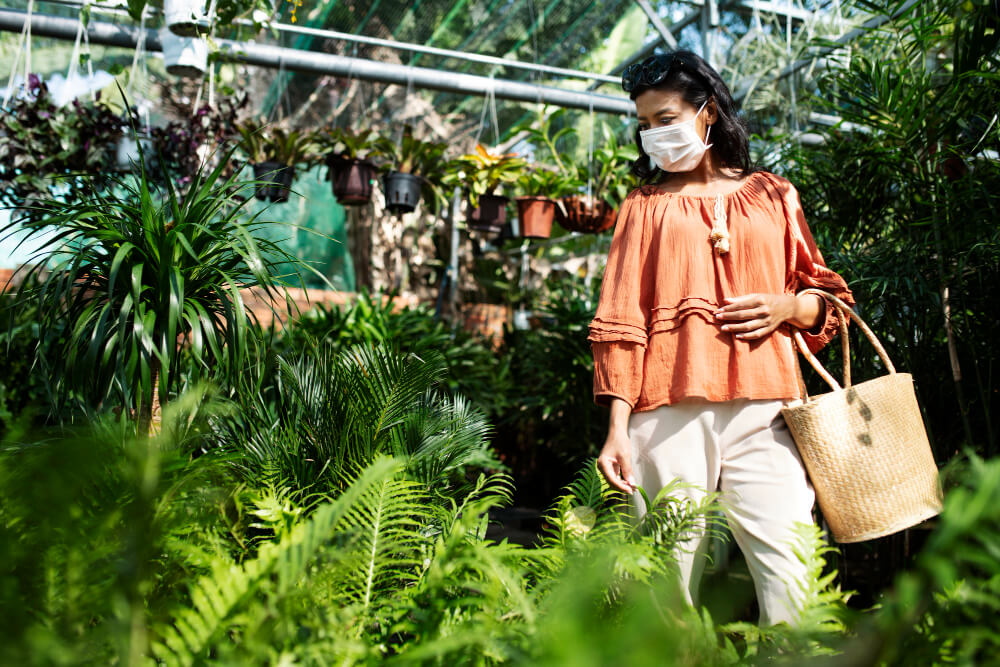
Source: Freepik
The pandemic sparked a renewed interest in growing food. This “own garden” movement continues to flourish, with people of all ages and backgrounds discovering the joys of vegetable gardening. From small balconies to sprawling backyards, urban and rural dwellers alike are cultivating their own produce, reducing their reliance on the food system and enjoying the freshest, most flavorful ingredients imaginable.
Drought-Tolerant Plants Take Center Stage

Source: Freepik
With climate change impacting water resources worldwide, drought-tolerant plants are becoming increasingly essential. These resilient species are perfectly adapted to arid conditions, requiring minimal watering while adding beauty and biodiversity to your garden.
Succulents, cacti, and many native grasses are excellent examples of drought-tolerant plants that can thrive in even the driest climates.
Pollinator Gardens: A Haven for Wildlife
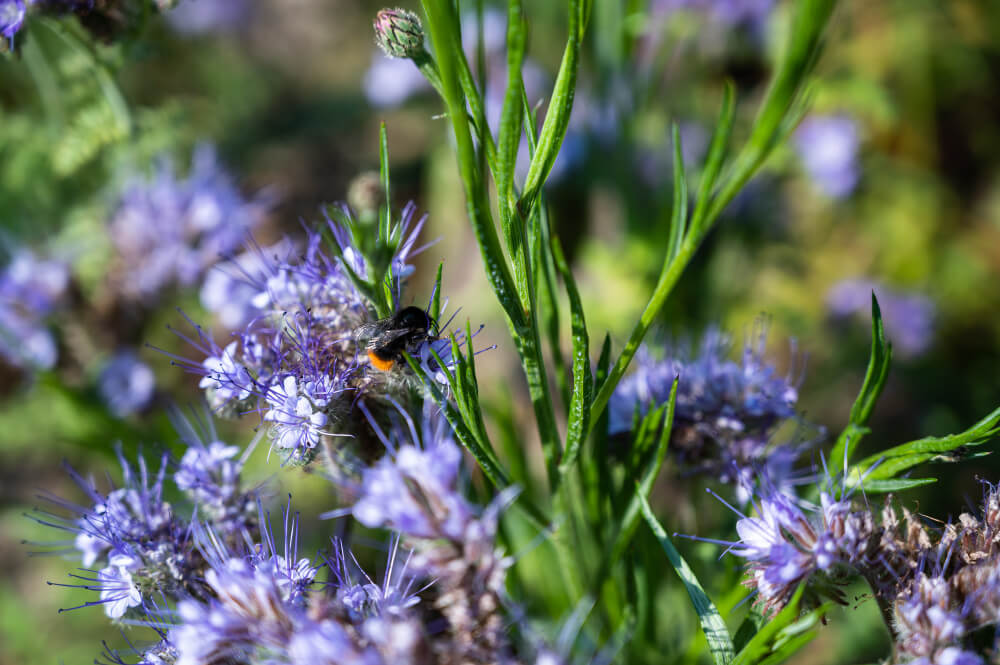
Source: Freepik
Creating pollinator gardens is another huge trend gaining momentum. These gardens are specifically designed to attract and support a variety of pollinators, including bees, butterflies, and hummingbirds.
By planting a diverse range of flowers, herbs, and shrubs that provide nectar and pollen, you can play a vital role in protecting these essential creatures and ensuring the health of our planet.
Vertical Gardening: Growing Upwards
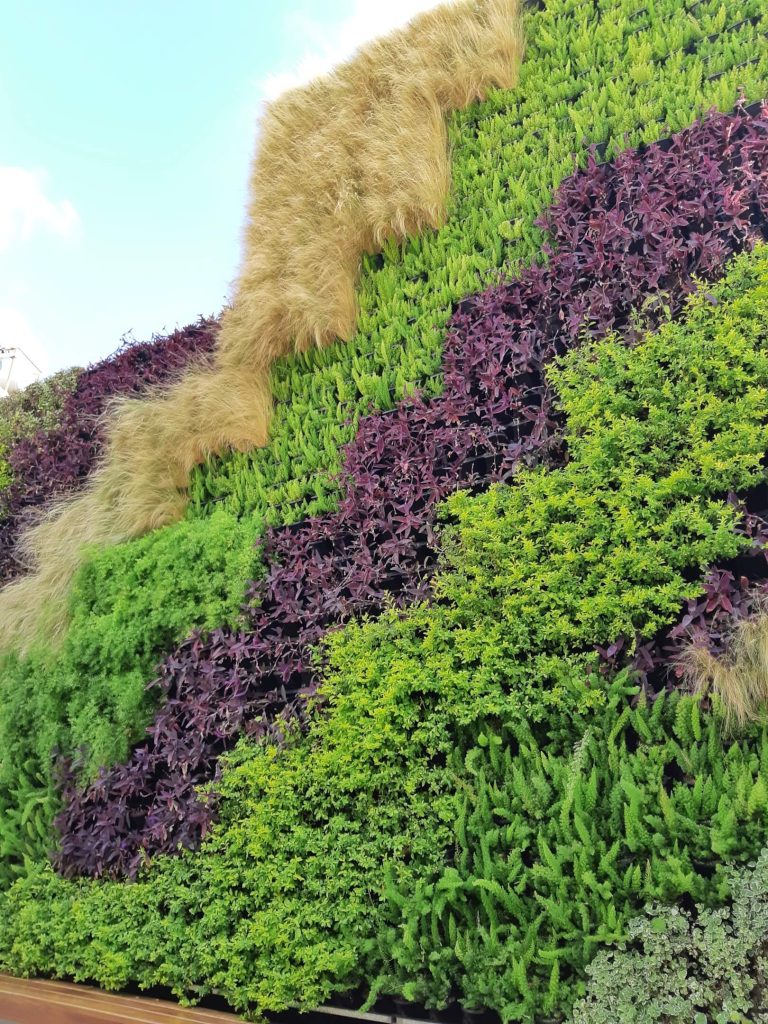
Space limitations are no longer a barrier to gardening thanks to the rise of vertical gardening. From living walls to hanging planters, this innovative approach maximizes growing space by utilizing vertical surfaces. Whether you live in a small apartment or have limited outdoor space, vertical gardening allows you to cultivate a thriving garden no matter where you live.
Chaos Gardening: Embracing Imperfection
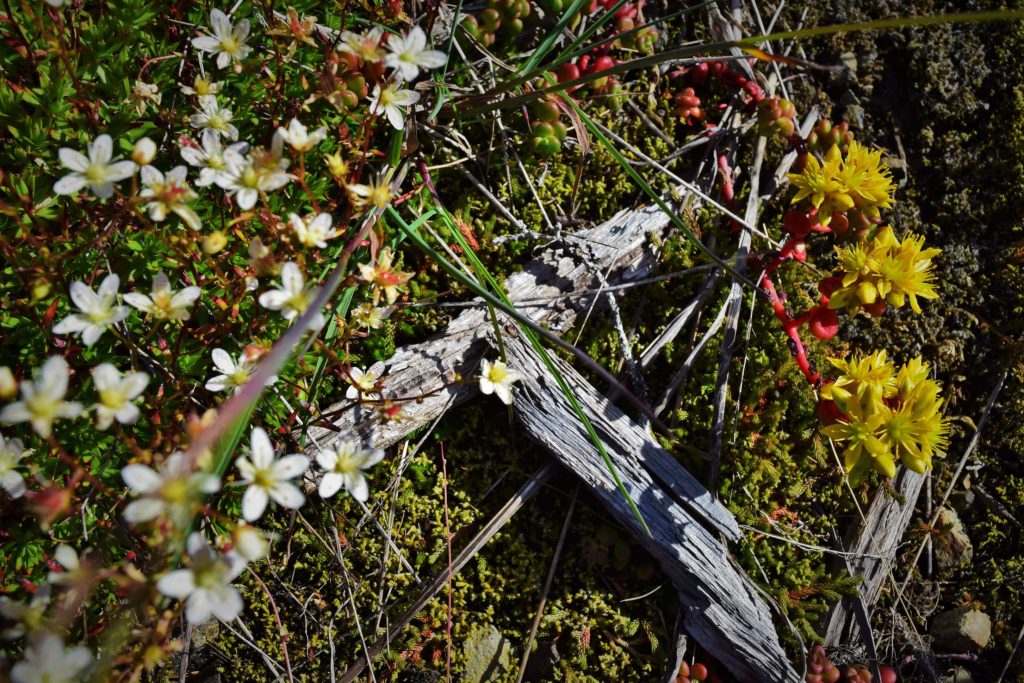
The perfectly manicured lawn is slowly giving way to a more relaxed “chaos gardening” approach. This trend embraces the beauty of imperfection, encouraging gardeners to let nature take its course and allow for some wildness in their outdoor spaces.
By embracing a more natural aesthetic, you can create a haven for wildlife, reduce your environmental impact, and enjoy a more relaxed and less demanding gardening experience.
The Mental Health Benefits of Gardening
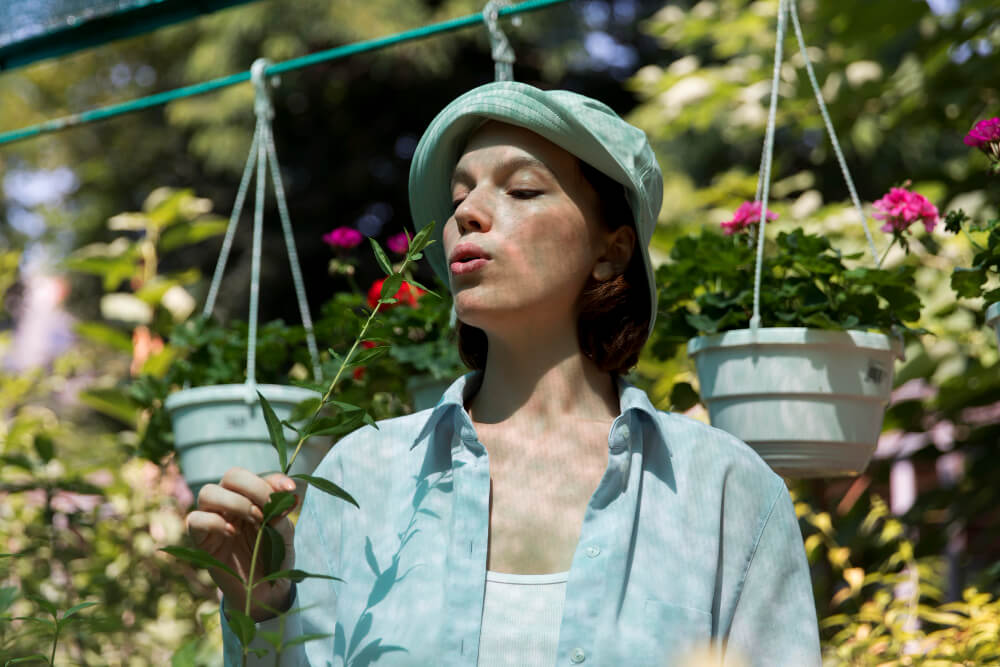
Source: Freepik
Gardening is not only a productive activity; it also offers significant benefits for mental health. Spending time in nature, connecting with the earth, and nurturing plants can reduce stress, improve mood, and increase feelings of well-being. Whether you’re a seasoned gardener or just starting, cultivating your garden can be a truly therapeutic experience.
Growing Your Flowers

Beyond vegetables, many people are rediscovering the joy of growing their flowers. From vibrant annuals to delicate perennials, cultivating your blooms can add a touch of beauty and fragrance to your home and provide a constant source of inspiration. Arranging bouquets with your own flowers is a rewarding experience that allows you to connect with the natural world and express your creativity.
Saying Goodbye to Traditional Lawns
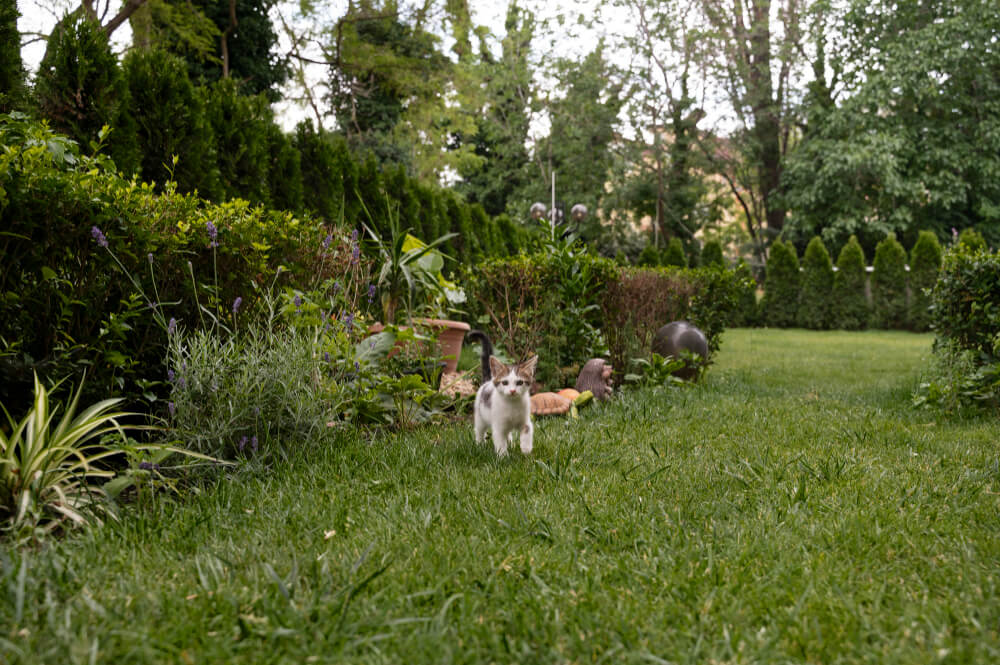
Source: Freepik
The traditional lawn is increasingly being seen as an outdated and environmentally unsustainable feature of the landscape. Many homeowners are replacing their lawns with more eco-friendly alternatives, such as native plant gardens, drought-tolerant ground covers, or even edible landscapes. This shift away from traditional lawns is a significant step towards a more sustainable and resilient future.
The Green Industry: A Growing Force
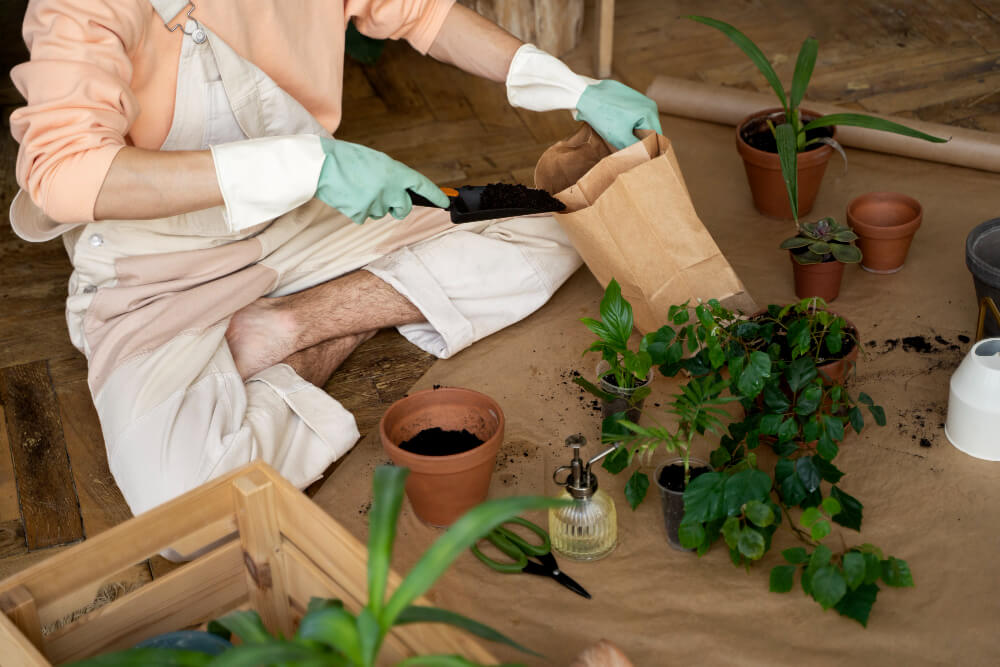
Source: Freepik
The global garden trends are not only impacting individual gardeners but also driving innovation within the green industry. From sustainable gardening practices to innovative technologies, the industry is constantly evolving to meet the changing needs and desires of gardeners worldwide.
Country Living and the Back-to-Basics Movement
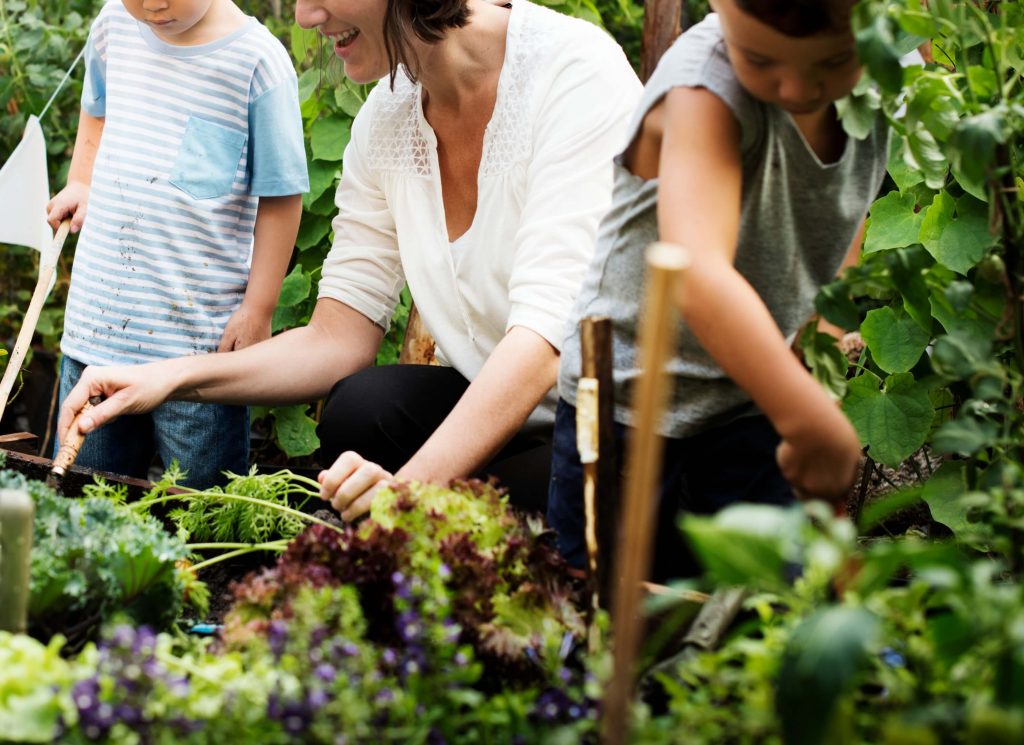
The allure of country living and a simpler, more self-sufficient lifestyle is inspiring many people to embrace gardening as a way to reconnect with nature and provide for themselves. Growing your own food, raising livestock, and living sustainably are becoming increasingly popular, and gardening plays a central role in this back-to-basics movement.
Garden Design: Creating Beautiful and Functional Spaces
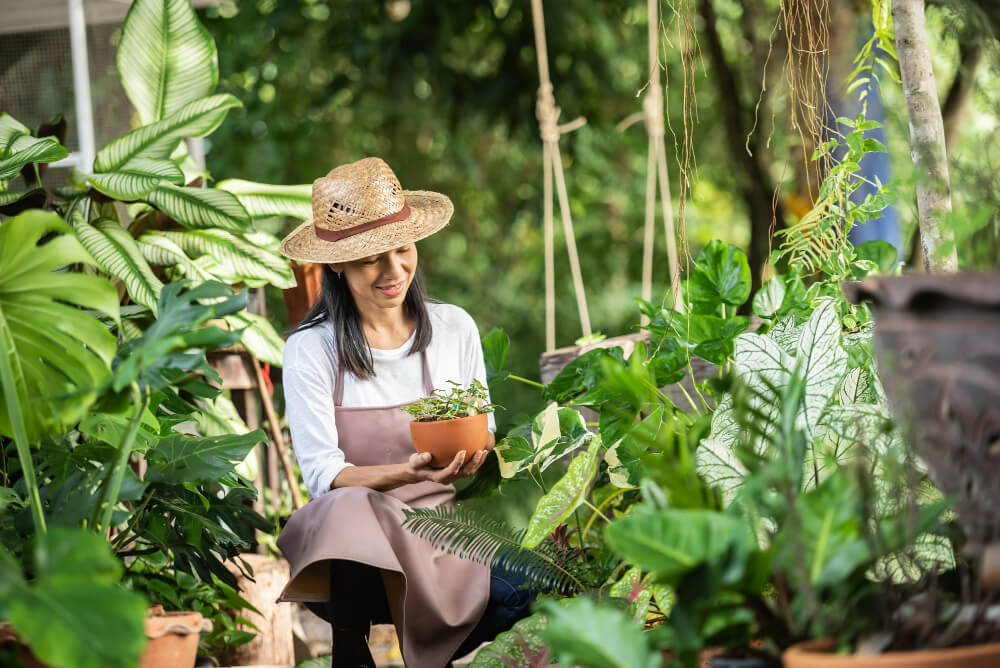
Source: Freepik
Garden design is no longer just about aesthetics; it’s about creating functional and sustainable spaces that meet the needs of both people and the planet. From incorporating water features and outdoor living areas to prioritizing accessibility and biodiversity, garden designers are working to create spaces that are both beautiful and beneficial.
A Focus on Sustainability:
Sustainability is a key theme in many global garden trends. From choosing native plants and minimizing water usage to composting and reducing reliance on chemical fertilizers, gardeners are increasingly seeking ways to minimize their environmental impact and create more sustainable gardens.
The Power of Community
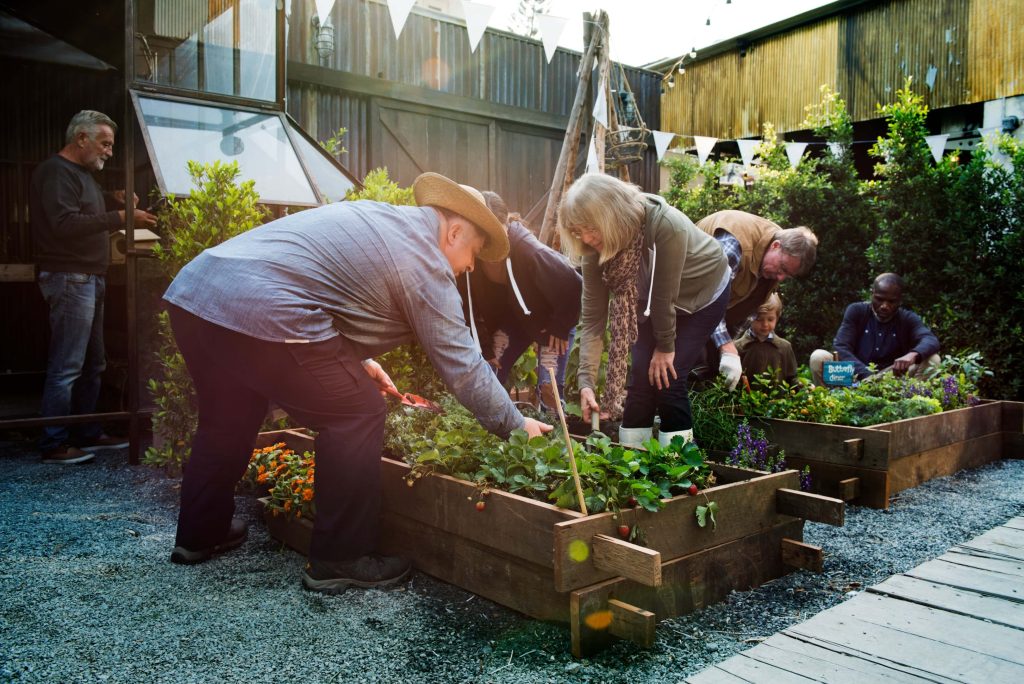
Gardening is often a social activity, and many communities are embracing the power of shared gardens. From community gardens to seed-sharing networks, these initiatives provide opportunities for people to connect with each other, share knowledge and resources, and build a stronger sense of community.
The world of gardening is constantly evolving, reflecting a growing awareness of environmental issues, a desire for healthier lifestyles, and a renewed appreciation for the natural world. As we celebrate National Gardening Day, it’s clear that the future of gardening is vibrant and promising.
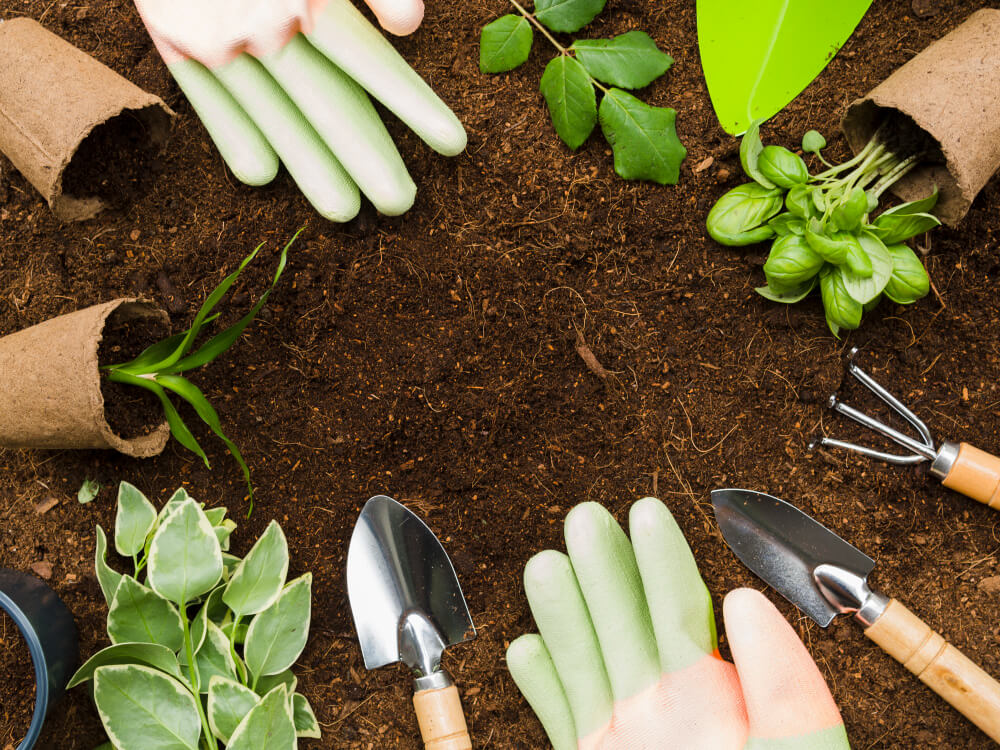
Source: Freepik
By embracing these global garden trends, we can create beautiful, sustainable, and rewarding gardens that benefit both ourselves and the planet. So, grab your tools, explore the possibilities, and let your garden flourish in 2025 and beyond.
Remember, your garden is not just a space—it’s a reflection of who you are and what you cherish. Happy gardening!
Disclaimer: This blog post is for informational purposes only and should not be considered professional gardening advice.


